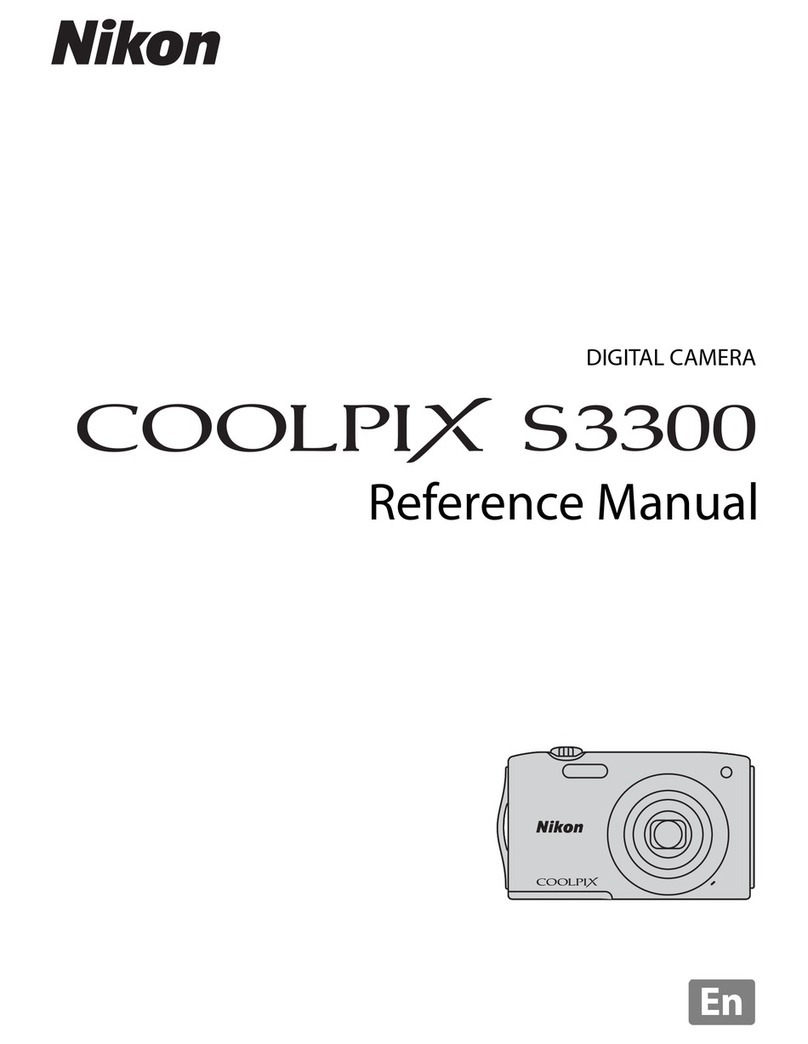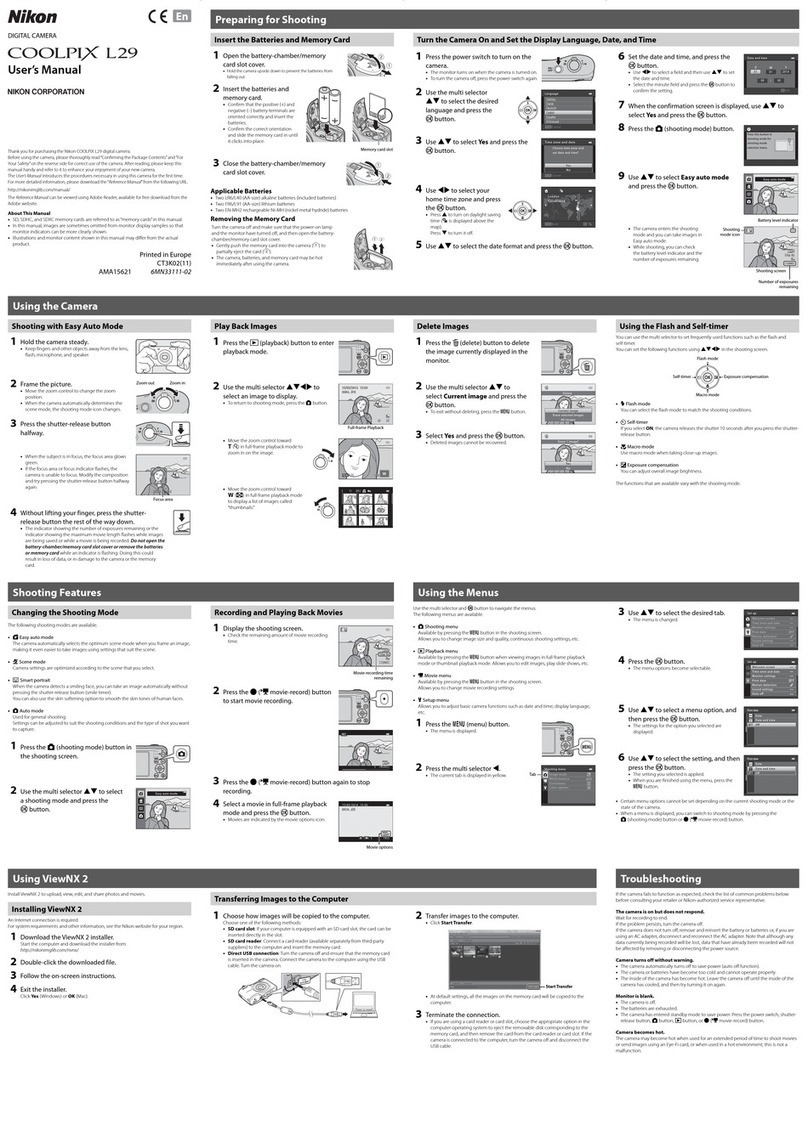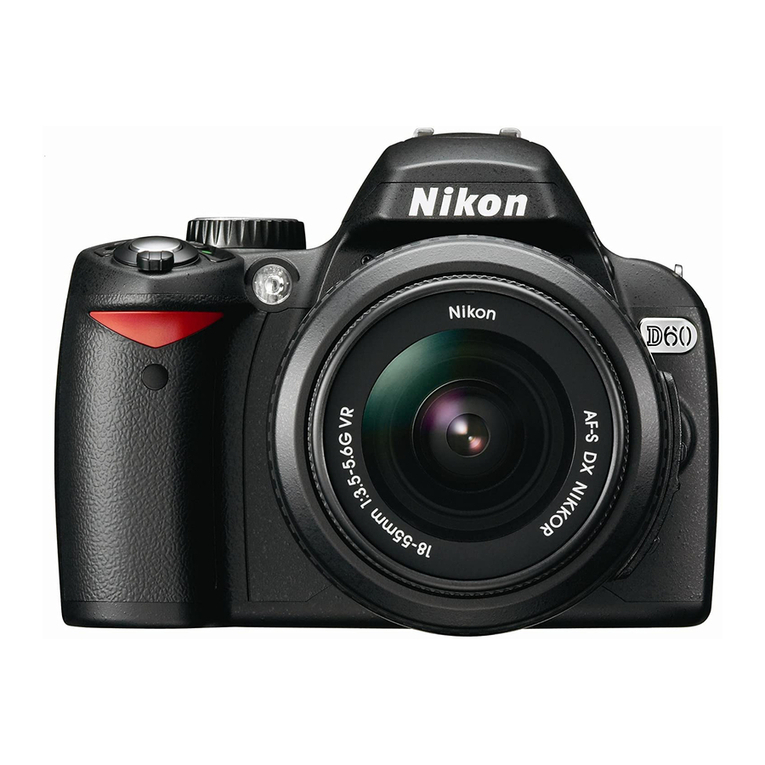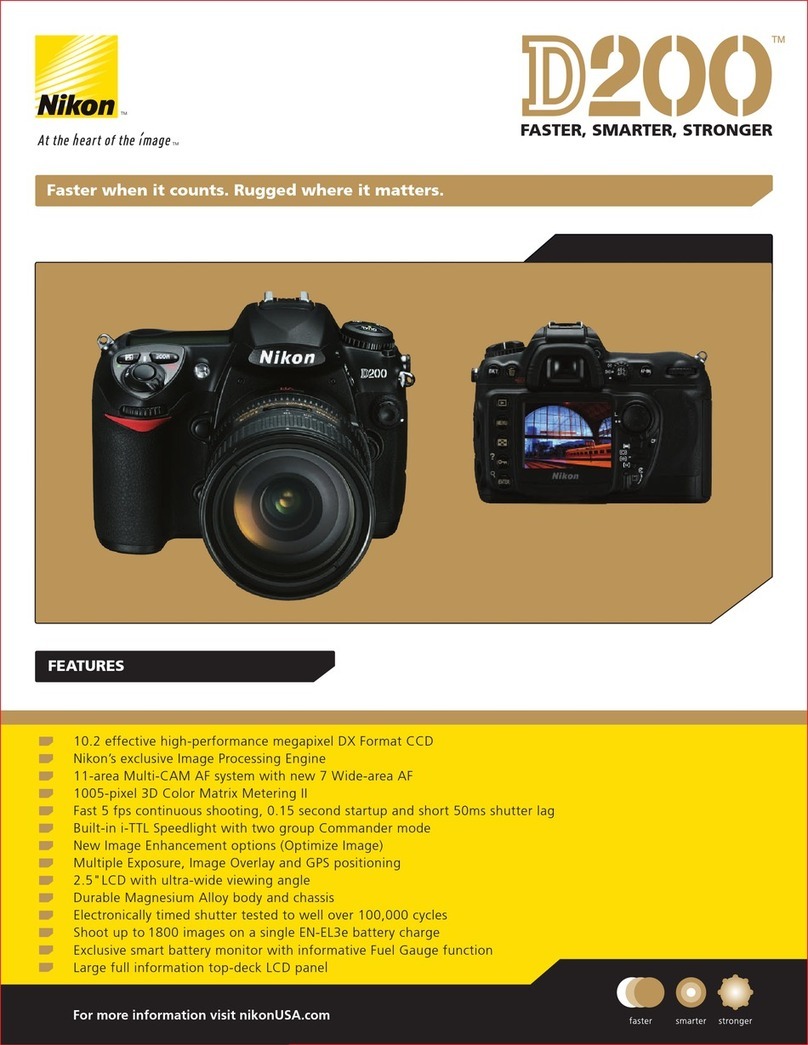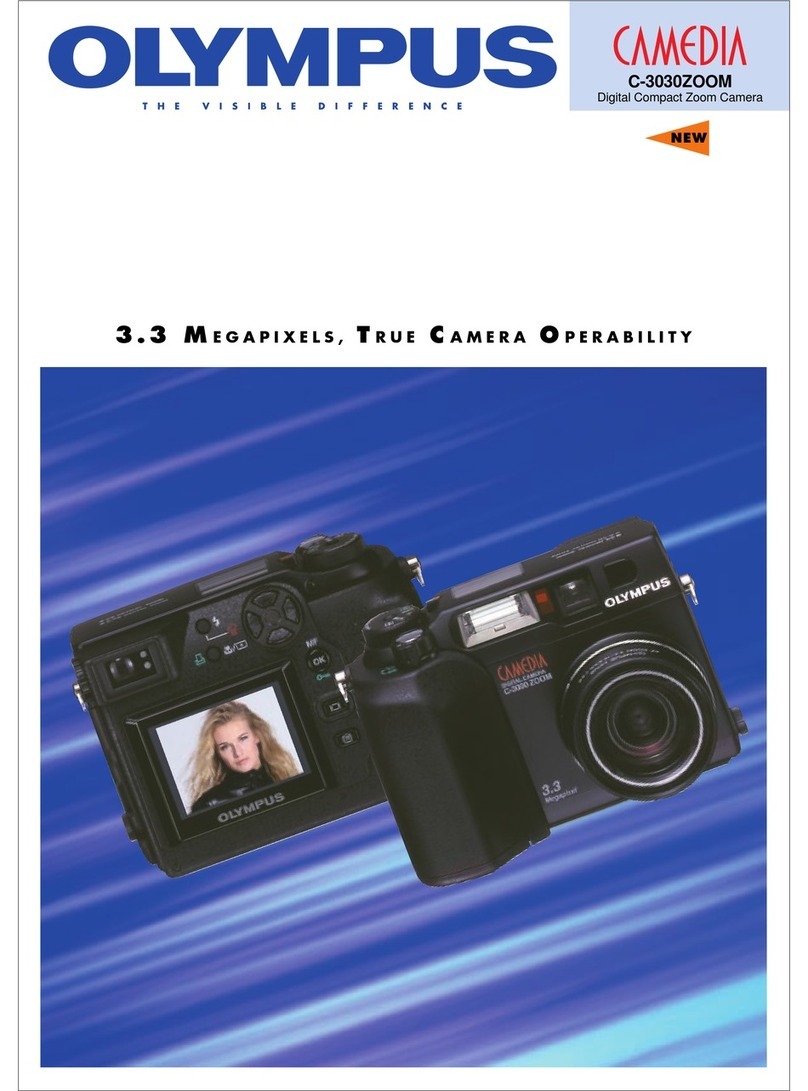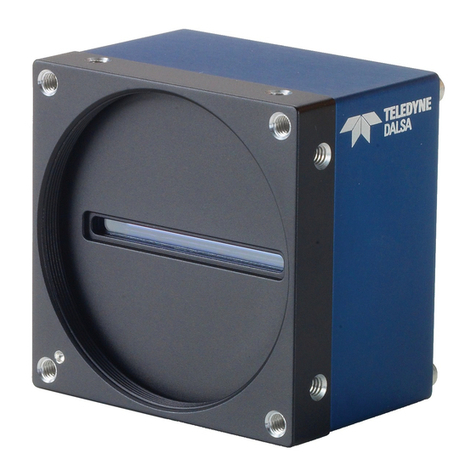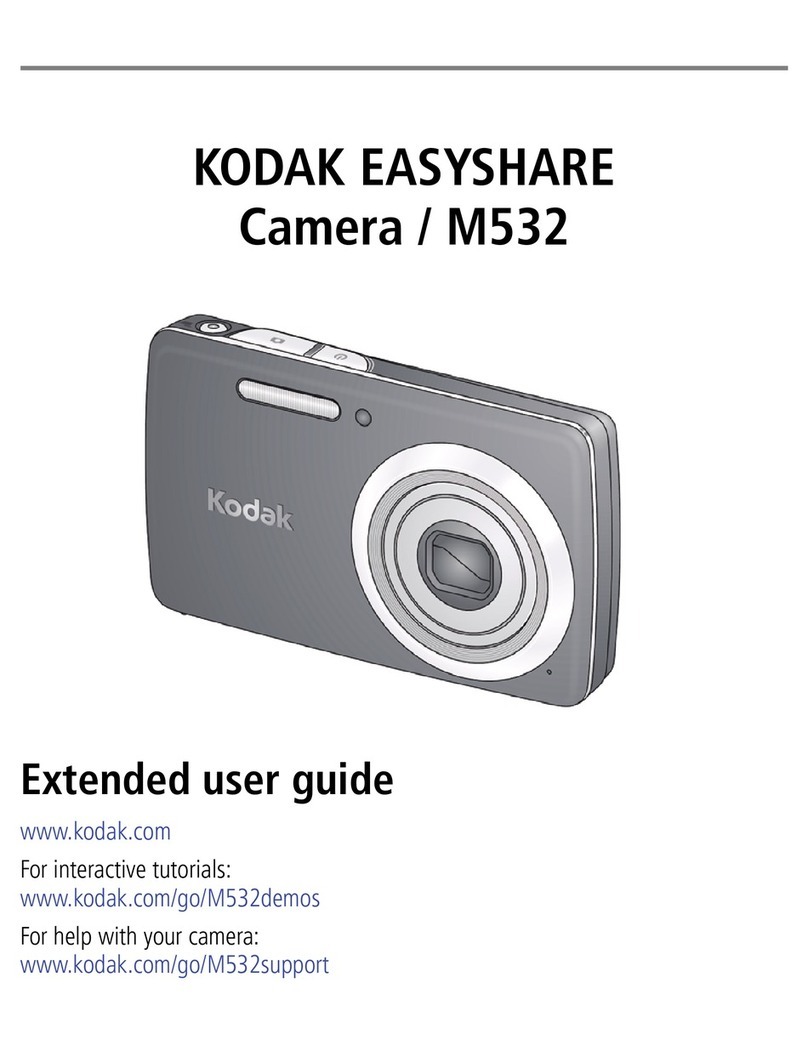Nikon FR User manual
Other Nikon Digital Camera manuals
Nikon
Nikon D800 Instruction manual
Nikon
Nikon COOLPIX S8000 User manual

Nikon
Nikon COOLPIX P330 User manual

Nikon
Nikon CoolPix P500 User manual

Nikon
Nikon COOLPIX S1000pj User manual

Nikon
Nikon COOLPIX 8400 User manual

Nikon
Nikon COOLPIX L620 User manual
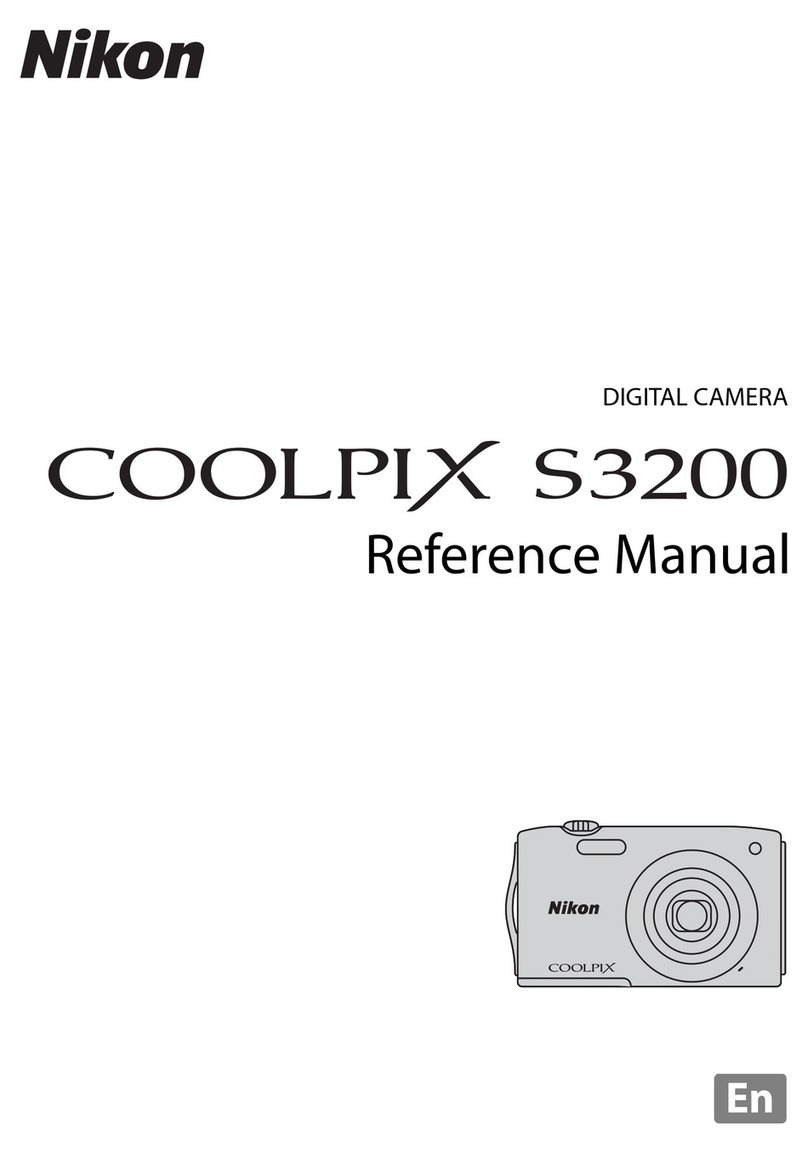
Nikon
Nikon COOLPIX S3200 User manual
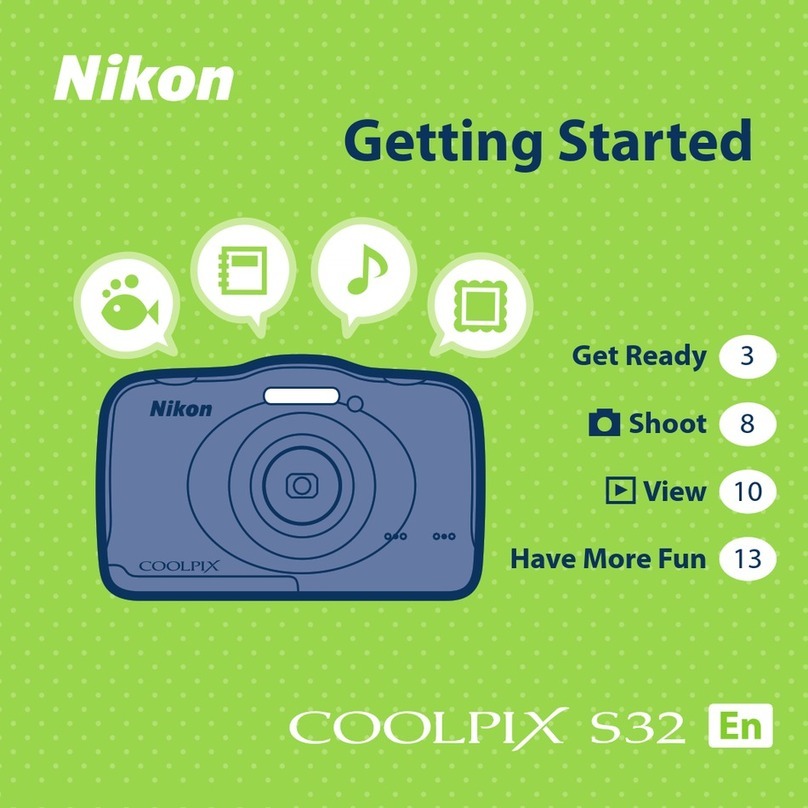
Nikon
Nikon Coolpix S32 User manual
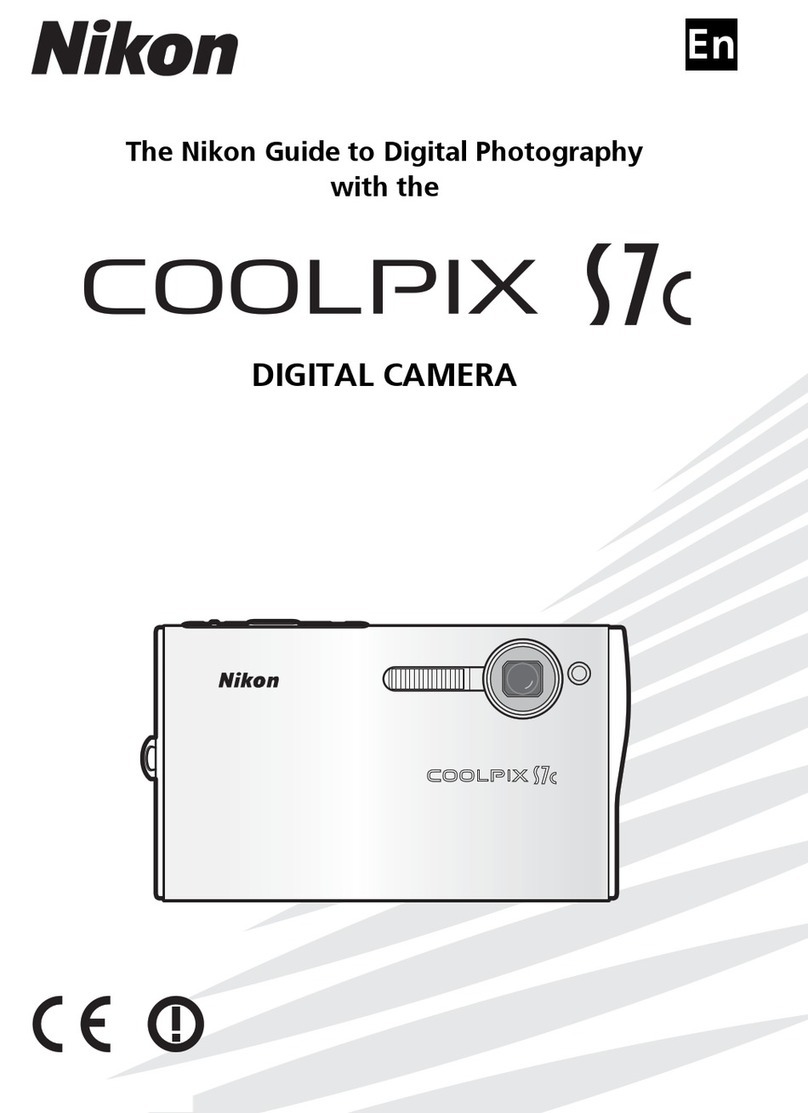
Nikon
Nikon Coolpix User manual
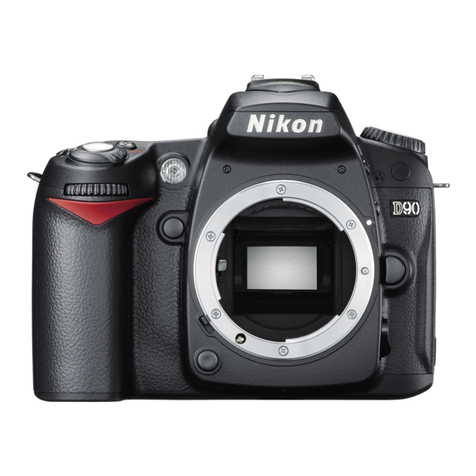
Nikon
Nikon D90 - Digital Camera SLR User manual
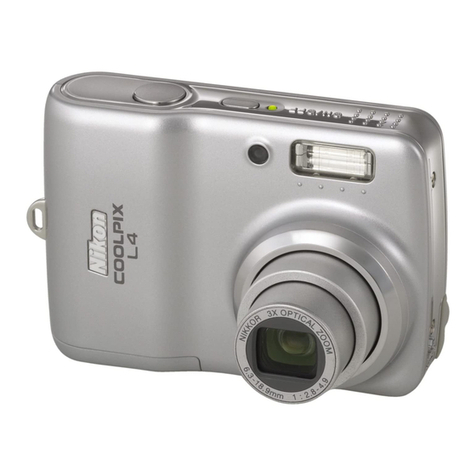
Nikon
Nikon Coolpix L4 User manual
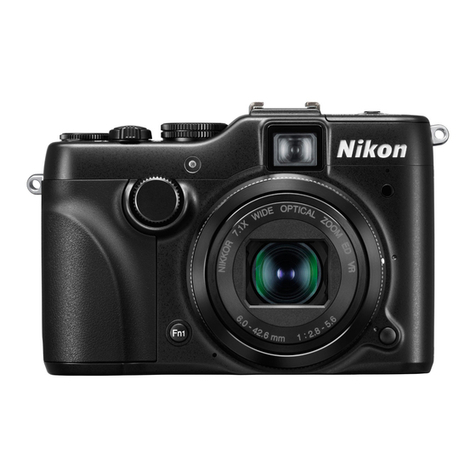
Nikon
Nikon CoolPix P7100 User manual
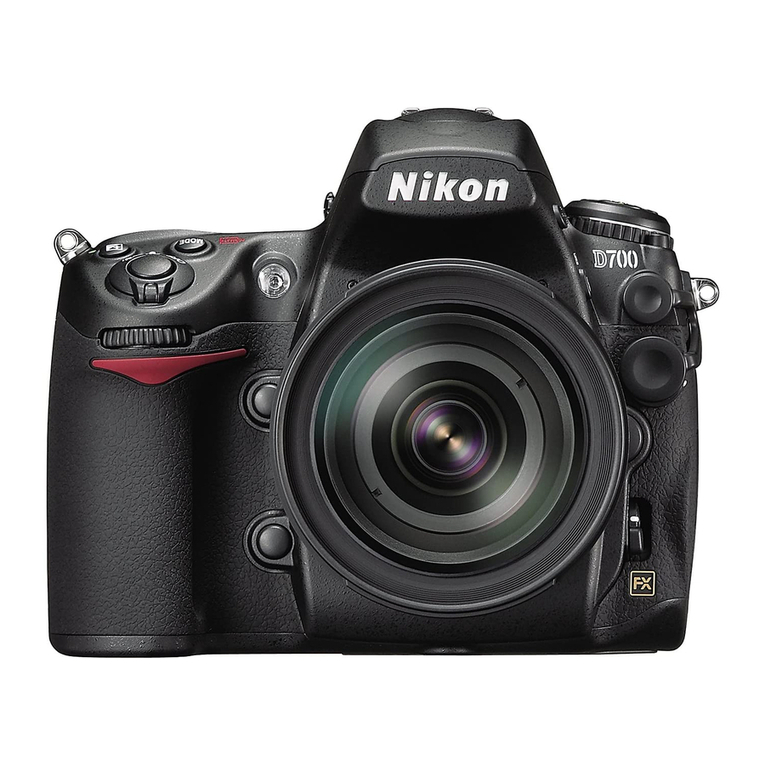
Nikon
Nikon D700 User manual

Nikon
Nikon 1 v2 User manual

Nikon
Nikon Coolpix S6100 User manual
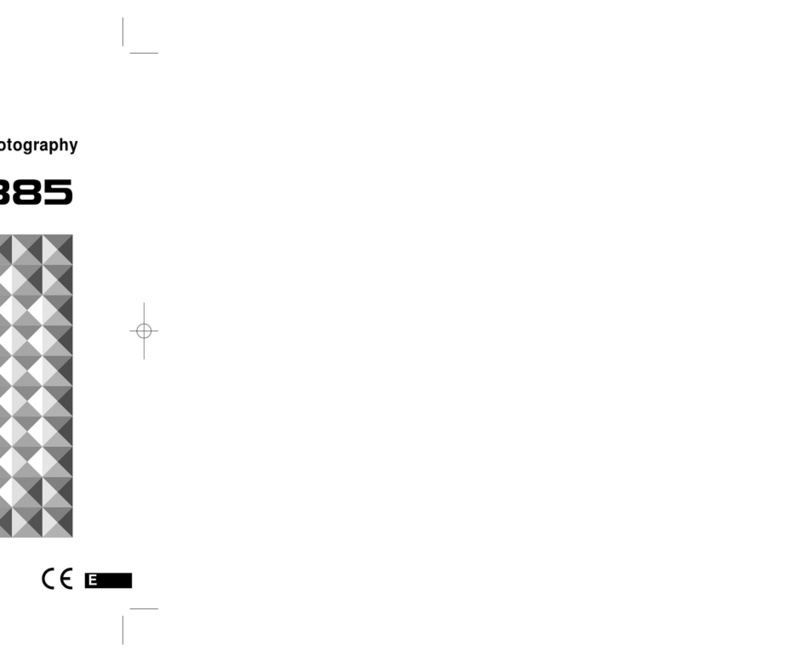
Nikon
Nikon COOLPIX 885 User manual
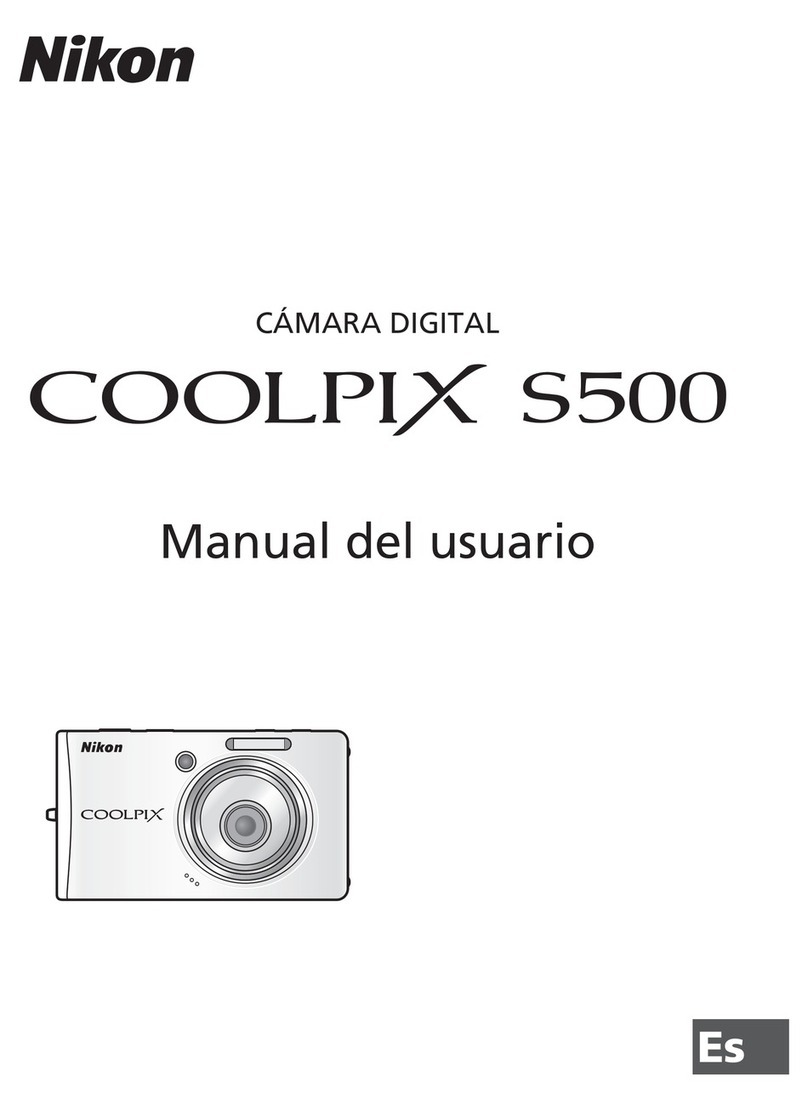
Nikon
Nikon Coolpix S500 User guide
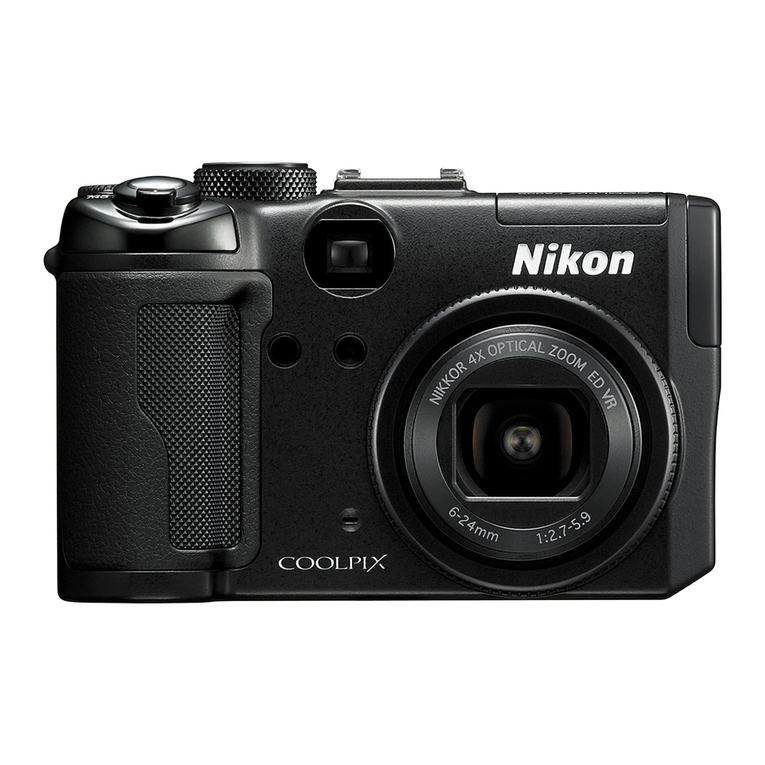
Nikon
Nikon CoolPix P6000 User manual
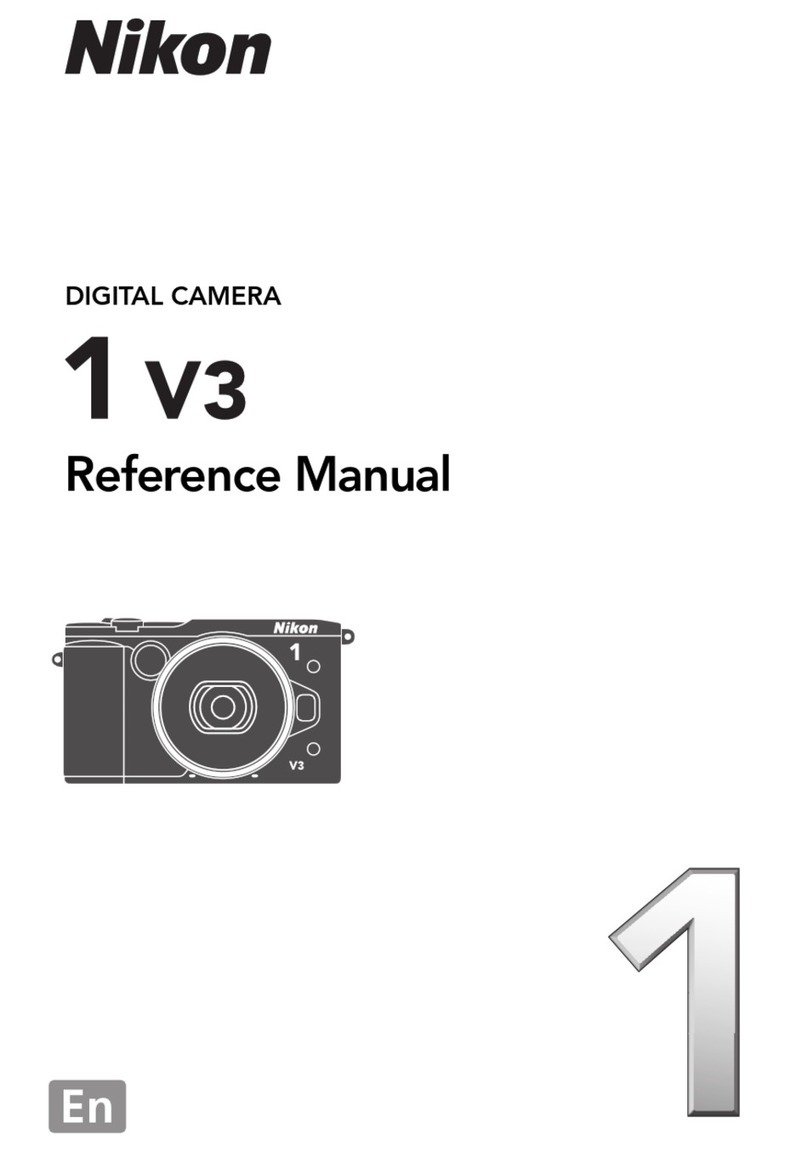
Nikon
Nikon 1 v3 User manual
